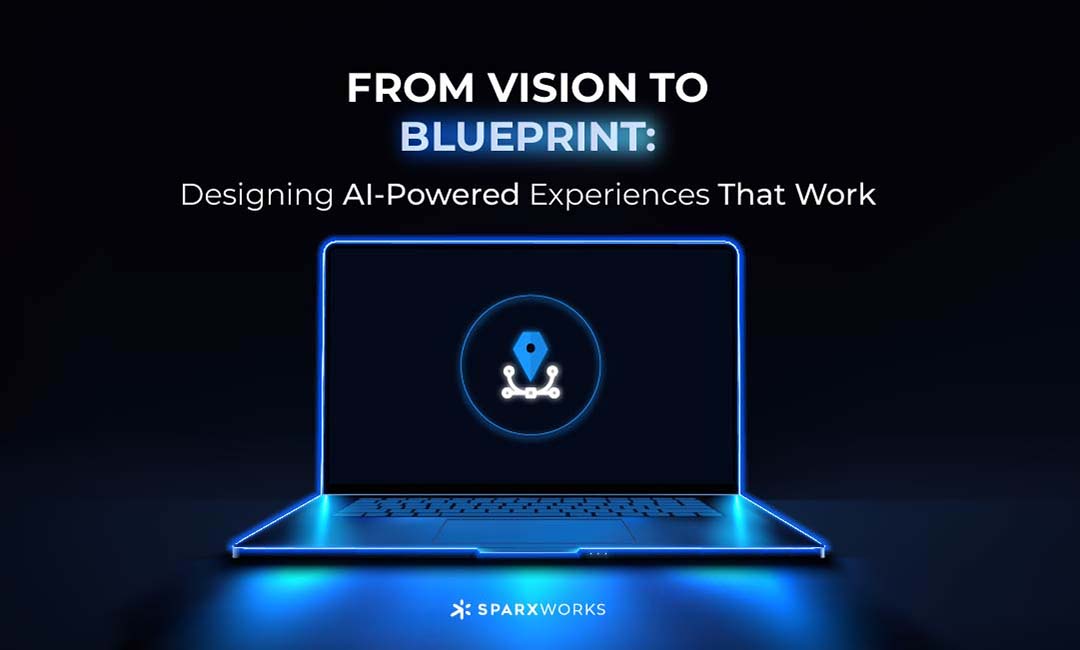From Vision to Blueprint: Designing AI-Powered Experiences That Work
02 Dec 2024, Posted by in Technologies
The Design phase is the heartbeat of your project—it’s where your idea begins to take shape, transforming from a high-level concept into a tangible, user-centric blueprint. At this stage, the goals are clear, the scope is defined, and the KPIs are in place. But the real challenge begins now. In the Design phase, vision and strategy must come together to craft experiences that not only work but resonate. And when AI is involved, the stakes are even higher—this is where the technology starts to feel real to the people who will use it.
In AI projects, the Design phase isn’t just about what the system does—it’s about how it feels to the people using it. This is where we turn abstract concepts like “personalization” or “efficiency” into wireframes, workflows, and interfaces that make sense for users.
We start with ideation, brainstorming how AI will integrate into existing workflows or create entirely new ones. For example, if you’re building an AI-powered virtual assistant, does it greet users conversationally, or get straight to business? Should it prioritize speed, accuracy, or empathy? Questions like these ensure every design decision aligns with user personas and their journeys.
Next comes wireframing and low-fidelity prototyping. These are the napkin sketches of the digital world, focusing on core functionality without getting bogged down by aesthetics. Does the chatbot suggest the right next action? Can users easily navigate AI-powered dashboards? These prototypes let us test early—and fail fast if needed.
Then it’s time to bring the vision to life. High-fidelity prototypes incorporate branding, accessibility standards, and intuitive interactions. This is where the human-AI interface shines, ensuring that even the most complex technologies feel approachable and engaging. And because AI systems evolve, iterative usability testing ensures the design remains effective and relevant.
Finally, we document it all in a functional specifications document and style guide—roadmaps that development teams use to turn ideas into reality. But here’s the key: in AI projects, the Design phase isn’t just about aesthetics or functionality. It’s about trust. Every interaction must build confidence in the system, balancing automation with a human touch.
The Design phase is where creativity meets rigor, crafting experiences that not only work but resonate. Whether you’re designing AI for customers, employees, or partners, one question remains constant: does this design make the technology feel intuitive, seamless, and human?
How do you balance innovation and usability in your AI designs? Any tips for us?

